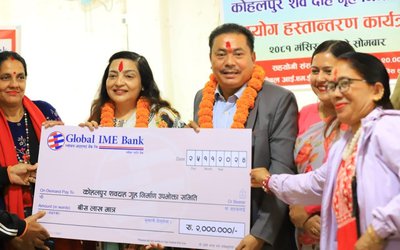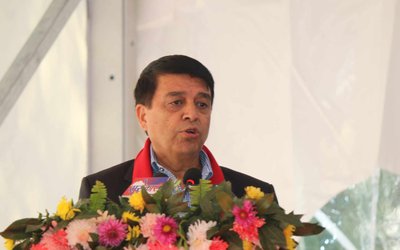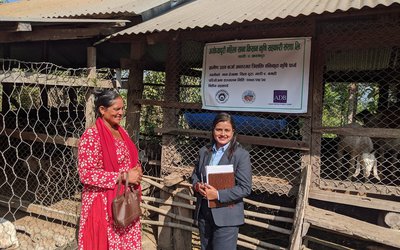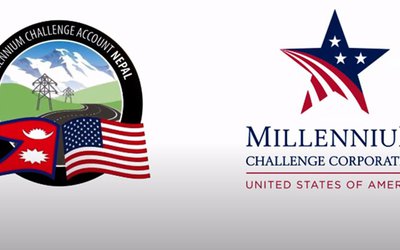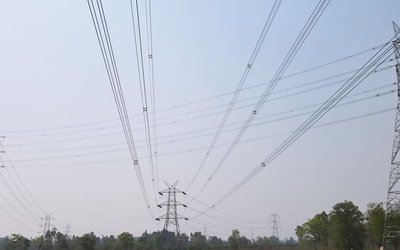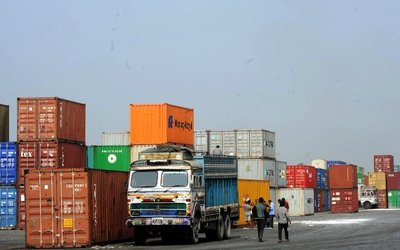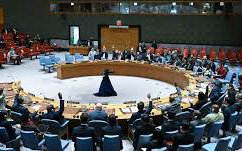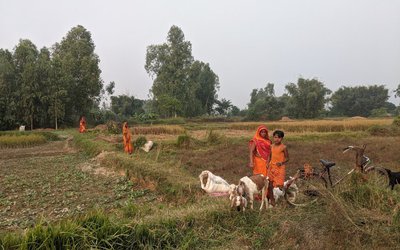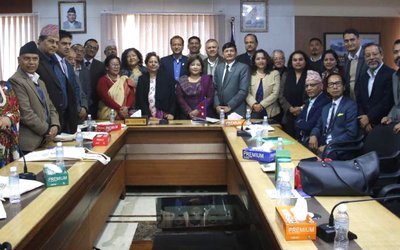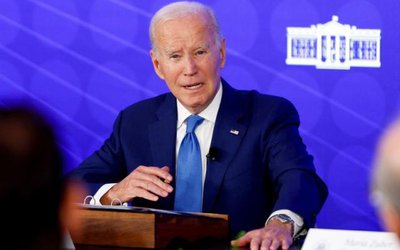
For the last five years. Nepal has achieved a big economic progress, maintaining 6 to 7 percent growth annually. With the spread of COVID-19 followed by lockdown, the growth has suddenly come down.
In its recent report, The World Bank has projected the economic growth to contract sharply to 2.1% in FY2021 from the COVID-19 pandemic and related lockdown despite efforts by the government to curb the economic fallout from the crisis.
The World Bank’s latest Nepal Development Update says transitioning the economy from the relief stage through to restructuring and resilient recovery requires a strategic approach to get the country back on a sustainable and inclusive growth path.
As per the report, economic activity in the tourism sector will remain weak and remittances inflows will be moderate. Supply chain disruptions will keep industrial and agricultural production low.
Low economic activity and oil prices will also keep imports low and below the pre-crisis levels, leading to a projected narrowing of the current account deficit to 6.5 percent of GDP.
Lower imports will continue to limit revenue collection. However, fiscal measures announced as part of the FY2021 budget, including a revision of custom duties, will provide some support to the budget as spending levels on relief and recovery efforts remain elevated. Taken together, the fiscal deficit is projected to marginally decline to 6.6 percent of GDP in FY2021.
While the government has adopted various relief measures to contain the pandemic, reduce the impact on households and provide economic support to the most vulnerable firms, the report highlights the importance of reforms to support a resilient recovery.
“For a resilient recovery and inclusive growth, economic support measures to firms and workers in the informal sector will be important,” said Dr. Kene Ezemenari, World Bank Senior Economist and author of the update. “Incentives to agribusiness-based and forest-based SMEs, with a focus on returnee migrants and youths, could help increase employment and food security. Inclusive growth could be further promoted through entrepreneurship support programs and grants to small and medium enterprises,” she added.
The report outlines four pillars in the areas of health, social support, economic support and cross-cutting priorities including fiscal sustainability and focus on digital and green economies. This includes measures to strengthen the health system and scale up social protection systems, including the adoption of a social registry to make these systems more resilient against future shocks. Enhanced school sanitation and health protocols including health screening, water and sanitation facilities would be needed to enable a return to schooling for children.
“In the rapidly unfolding global scenario brought by COVID-19, insights from the Nepal Development Update on Nepal’s outlook, challenges and way forward are very helpful. We need to address the crisis with macroeconomic and sectoral policy focused on fiscal sustainability, financial sector stability, a digitally-oriented green economy and resilient public services,” stated Minister for Finance, Dr. Yuba Raj Khatiwada. “I appreciate the rapid action taken by our development partners including the World Bank, Asian Development Bank, IMF and others for providing us with tangible resources and support to maintain our fiscal balance and accelerate growth and inclusive development.”
Expansionary fiscal and monetary policies will be important in the initial relief stage to support banking sector liquidity and provide relief to households and firms. From restructuring through to resilience, expansionary and monetary policies will help pave the way for strengthening financial sector stability in the long run while also building resilient public services and green growth through sustainable and resilient infrastructure, strengthened solid waste management and air and water pollution control.
Related investments and reforms would be critical to expand coverage of digital services and infrastructure to support e-services and help promote e-commerce. This would also help expand the reach and coverage of mobile banking and digital financial services to underpin development of e-commerce. However, digitization is also limited across the economy. Addressing this will require removal of access restrictions to any under-utilized fiber optic backbone managed by the governments and public utilities and the introduction of appropriate rules to manage conditions of access, capacity allocation, and access pricing. This would also help expand access in rural and remote areas.
For Nepal to emerge stronger from the crisis, it is important to adapt quickly to the new reality,” stated Faris Hadad-Zervos, World Bank Country Director for Maldives, Nepal and Sri Lanka. “We are encouraged to note the early start made by the government with the development of Nepal’s Relief, Restructuring and Resilience plan and are committed to work together with multilateral development banks and development partners in helping the country build back greener and better.”
At a time when economy is melting around the world including South Asian countries, the good news is that Nepal’s economic growth is still hovering around 2.1 percent.
- PM Oli's Visit To China: Geopolitical Implications
- Nov 19, 2024
- NEA: Kul Man Ghising, A Cool Man
- Oct 28, 2024
- DASHAIN FESTIVAL : Festival of Unity
- Oct 04, 2024
- NEPAL-CANADA Bilateral Meeting
- Oct 04, 2024
- MIDDLE BHOTEKOSHI: Final Stage
- Sep 23, 2024

